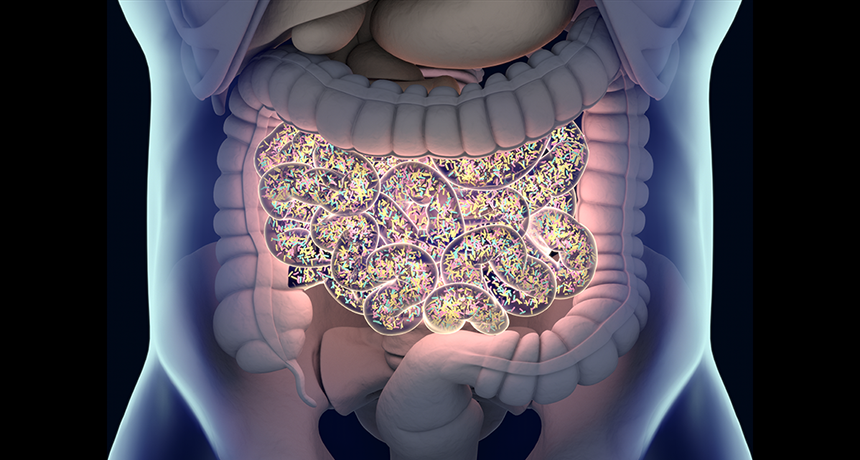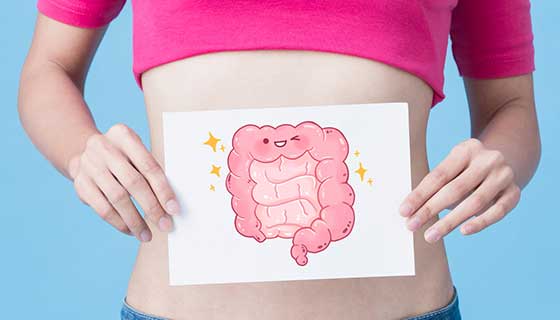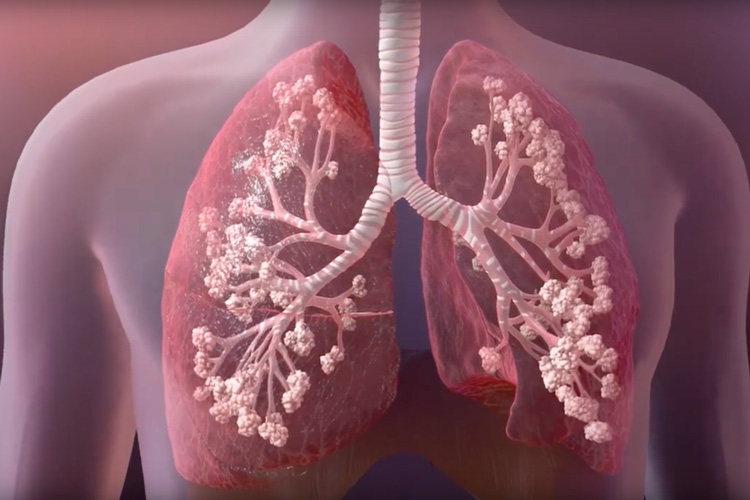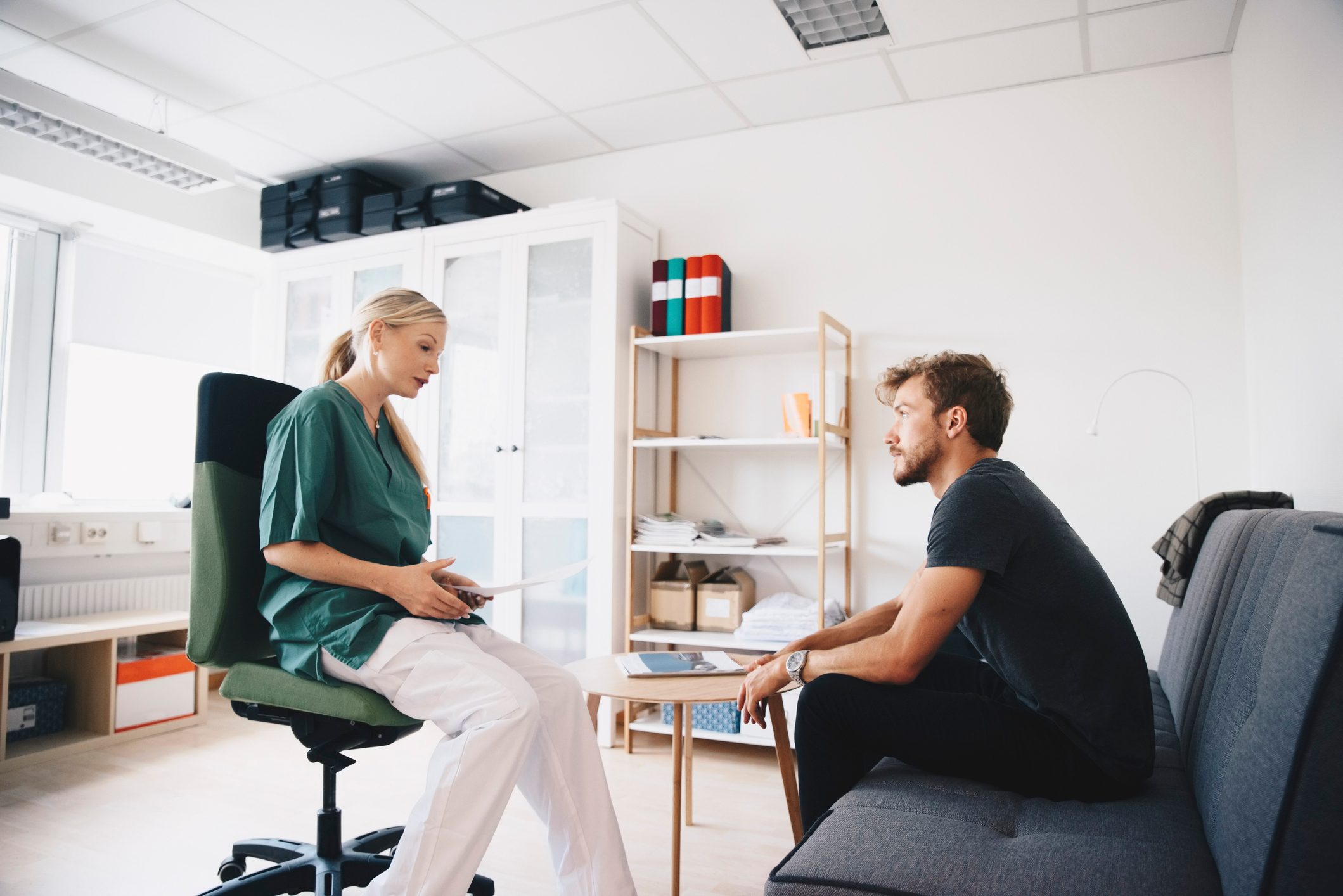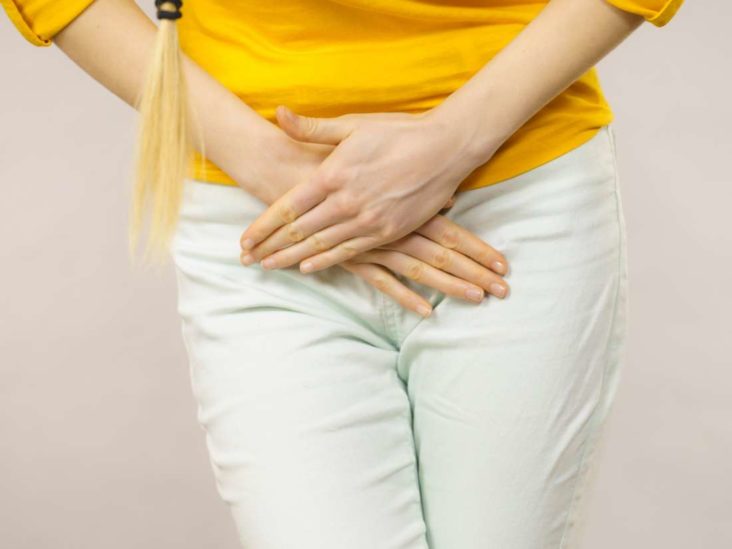Mindfulness-Centered Outpatient Substance Abuse Treatment: A Route to Healing
In today’s fast-paced world, stress, anxiety, and substance abuse have become all too common. Many individuals find themselves caught in the vicious cycle of addiction, desperately seeking a way out. But what if there was a treatment approach that could offer a ray of hope and help individuals break free from the chains of addiction?n the world of addiction treatment, a holistic approach that incorporates both physical and mental well-being is gaining traction.
Mindfulness-Based Outpatient Drug Treatment (MBODT) is one such innovative approach that combines mindfulness practices with outpatient addiction treatment. This treatment model recognizes the importance of addressing the root causes of addiction while providing individuals with the tools to manage cravings and sustain long-term recovery. In this blog, we will explore what MBODT is, its principles, and how it’s transforming addiction recovery.
Enter mindfulness-based outpatient drug treatment—a unique and effective therapy that combines the power of mindfulness with addiction recovery.
Understanding Mindfulness-Based Outpatient Drug Treatment
Mindfulness-based outpatient drug treatment is a comprehensive approach to addiction recovery that integrates mindfulness practices with evidence-based therapies. Unlike traditional inpatient programs, this type of treatment allows individuals to continue living at home while attending therapy sessions at a clinic or treatment center.
How Does it Work?
At its core, mindfulness-based outpatient drug treatment focuses on cultivating a non-judgmental awareness of the present moment. By paying attention to thoughts, emotions, and physical sensations, individuals learn to accept their experiences without reacting impulsively. This heightened self-awareness enables them to make conscious choices and respond to triggers in healthier ways.
Key Components of Mindfulness-Based Outpatient Drug
Treatment:
- Mindfulness Meditation: Participants engage in guided meditation sessions to develop their ability to observe thoughts and sensations without judgment. This practice helps them develop self-control, emotional regulation, and resilience.
- Cognitive-Behavioral Therapies (CBT): CBT techniques are incorporated to identify and challenge negative thought patterns and behaviors associated with addiction. By replacing destructive habits with positive coping strategies, individuals gain the necessary tools to manage cravings and avoid relapse.
- Group Therapy: Group therapy sessions provide a supportive environment where individuals can share their experiences, challenges, and successes with others facing similar struggles. This sense of community fosters connection, empathy, and accountability.4. Individual Counseling:Individual counseling sessions allow for personalized treatment plans, deeper exploration of underlying issues, and tailored guidance to address specific needs. Therapists work closely with individuals to uncover root causes of addiction and develop strategies for long-term recovery.
Benefits of Mindfulness-Based Outpatient Drug Treatment
- Holistic Approach: Mindfulness-based outpatient drug treatment acknowledges that addiction is not just a physical ailment but also affects mental, emotional, and spiritual well-being. By addressing all aspects of a person’s life, this treatment approach offers a more comprehensive and lasting recovery.
- Flexibility and Continuity: Being an outpatient program, individuals can maintain their daily routines, taking care of work, family, and other responsibilities while receiving treatment. This flexibility enables a smoother transition back into everyday life post-treatment.
- Enhanced Self-Awareness: Mindfulness practices teach individuals to observe their thoughts, emotions, and physical sensations without reacting impulsively. This increased self-awareness helps individuals recognize triggers and develop healthier ways to cope, ultimately reducing the risk of relapse
- Sustainable Lifestyle Changes: Mindfulness-based outpatient drug treatment equips individuals with essential life skills to navigate challenges and maintain sobriety in the long run. Individuals learn how to manage stress, resolve conflicts, and cultivate positive relationships, setting a solid foundation for a healthier future.
Is Mindfulness-Based Outpatient Drug Treatment for You?
While mindfulness-based outpatient drug treatment is an effective and holistic approach to addiction recovery, it’s crucial to remember that each individual’s journey is unique. It may not be suitable for everyone or every circumstance. Consulting with a healthcare professional or addiction specialist is important to determine the most appropriate treatment plan for your specific needs.
Conclusion
Mindfulness-based outpatient drug treatment offers a beacon of hope for those struggling with addiction. By combining mindfulness practices with evidence-based therapies, individuals can embark on a transformative journey towards recovery. With its focus on self-awareness, personal growth, and sustainable lifestyle changes, this treatment approach has the potential to help individuals break free from addiction’s grip and reclaim their lives. Remember, recovery is possible, and you are never alone on this journey.
Mindfulness-Based Outpatient Drug Treatment (MBODT) is a transformative approach to addiction recovery. By incorporating mindfulness practices into outpatient treatment, it provides individuals with essential tools for managing cravings, reducing stress, and addressing the underlying causes of addiction. If you or a loved one are considering addiction treatment, consider the benefits of MBODT and consult with a treatment provider who can guide you on the path to lasting recovery. Remember, recovery is a journey, and MBODT can be a significant step toward a healthier and more fulfilling life. User Mindfulness-Based Outpatient Drug Treatment: A Path Towards Recovery 10 Ways To Manage Depression In Recovery Understanding Treatment Options: Partial Hospitalization vs. Intensive Outpatient Paraphrase this topic ChatGPT Certainly, here are the paraphrased versions of your provided topics: “Mindfulness-Centered Outpatient Substance Abuse Treatment: A Route to Healing” “Ten Strategies for Coping with Depression During the Recovery Process” “Exploring Choices in Treatment: Partial Hospitalization versus Intensive Outpatient Programs”





